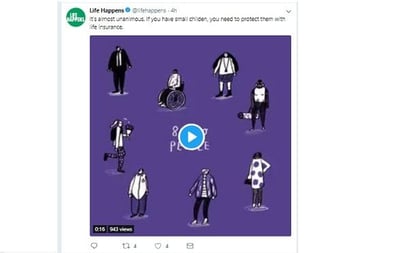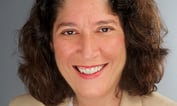ThinkAdvisor Life/Health recently ran an article about the decline in life insurance sales to folks under 40. There are a number of reasons for this trend. Among them, I believe, is the lack of financial support for Life Happens.
I have spent 58 years in this business and am a life member of the Million Dollar Round Table.
In the late 1980s and early 1990s, the industry faced what many observers called a “crisis.” As one person described it, we were getting “hammered” by the media, the state insurance departments, the FTC and the courts, all very publicly, and in a few high-profile cases quite justifiably. And yet, no one was responding to defend the industry.
(Related: Life Happens Names New President)
In 1993, I was a member of the Industry Reputation Task Force, which was organized by seven field organizations to address this gap. In October 1994, we created the Life and Health Insurance Foundation for Education (LIFE), which is now Life Happens. In June 1995, I became LIFE’s first full-time president.
For the record: I am no longer employed by Life Happens, nor am I a member of its board of directors.
Here is what we did, when I was at LIFE.
We engaged the communications firm Robinson Lake Sawyer Miller, now Weber Shandwick, to help us develop a message and strategy to restore consumer confidence in life insurance. They told us our challenges included restoring our own faith in life insurance. The negative media coverage was beginning to get to us as well. As a result, LIFE embarked on a campaign to emphasize the essential role of life insurance in a sound financial plan, and the value added by agents and advisors.
We had dual objectives: first, to restore public awareness and confidence in life insurance, and the agents and advisors who sold it; and, second, to give those agents and advisors the confidence that someone had their backs. We reminded them that, “A financial plan without life insurance is just a savings and investment program that dies when you do.”
We reminded the public and the industry through advertising, public service announcements and media appearances that: “Life insurance isn’t for the people who die. It’s for the people who live.”









 February 01, 2019 at 01:53 PM
February 01, 2019 at 01:53 PM












 David Woods
David Woods